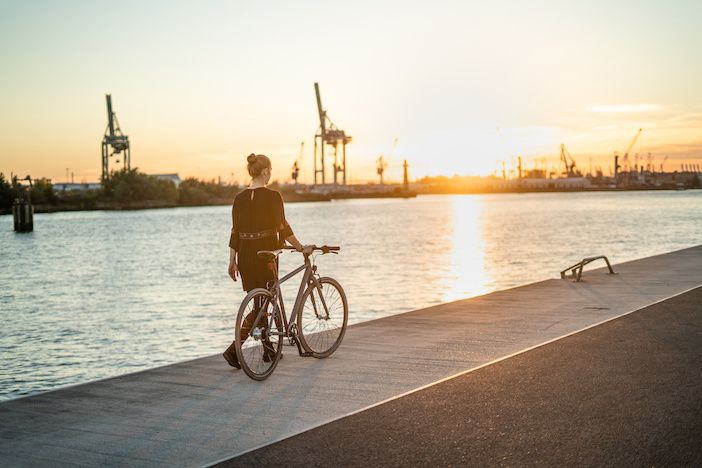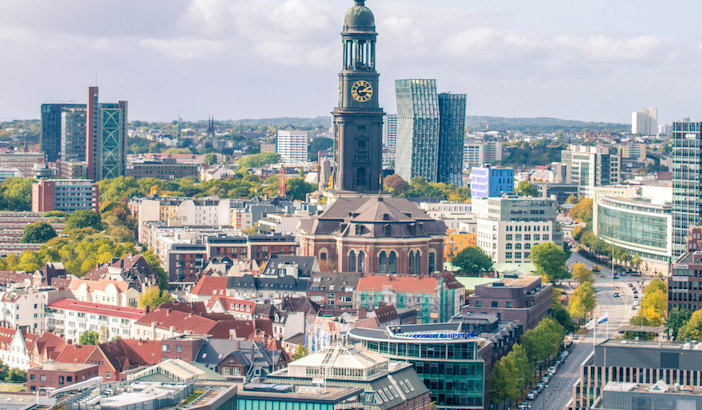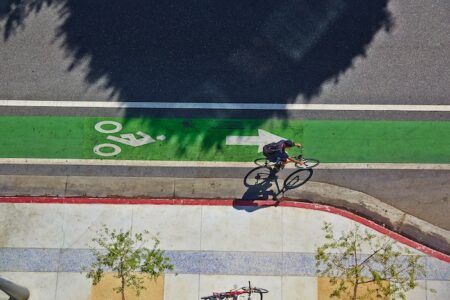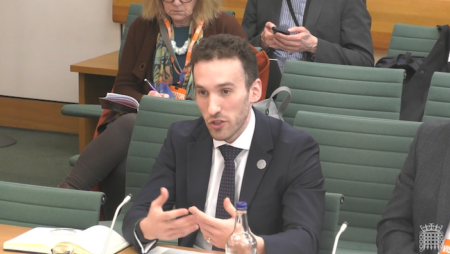PTV Group’s consulting division has been chosen to develop an integrated, multimodal transport model for the Free and Hanseatic City of Hamburg.
Over the next two years, PTV Transport Consult will build a comprehensive demand model for both passenger and commercial transport, focusing on the analysis year 2023.
This will provide the Authority for Transport and Mobility Transition with a data-driven planning tool to guide the strategic evolution of Hamburg’s mobility landscape.
“This new traffic model will equip the metropolis with a critical digital tool for informed decision-making in support of sustainable and efficient mobility in the future,” says Thomas Ferrero, MD of PTV Transport Consult.
The cornerstone of this innovative transport model is PTV Model2Go, a new technology that automates important parts of the model-building process and delivers a basic transport model of any city or region worldwide within just a few days.

Subsequently, this basic routable network is fine-tuned by the expert PTV consulting team. For example, extensive network and traffic data sourced from the geoportal of the city of Hamburg will be utilized to enrich and refine the model.
Hamburg’s ambitious mobility agenda seeks to promote environmental alliance of cycling, walking and public transport with the aim of achieving 80% of all trips via sustainable modes by 2030. Accordingly, the model design places a strong emphasis on the comprehensive integration of bicycle network data to enable realistic bicycle traffic modelling. The public transport offerings will also be mapped in detail across Hamburg’s entire public transport association, HVV.
In addition to the demand model for passenger and commercial transportation, additional model components will be introduced to accommodate the distinctive traffic characteristics of Hamburg. Notably, there will be efforts to accurately represent tourism traffic, airport and port traffic, with a dedicated collaboration planned with the Hamburg Port Authority.
The city will receive a well-structured and transparent transport model accompanied by extensive documentation, facilitating detailed model analyses. This valuable resource will find applications in a myriad of strategic studies, ranging from the development of the subway line U5 to potential investigations into mobility transitions. Furthermore, it will be instrumental in concrete scenarios such as construction site traffic planning and the provision of data for climate and air pollution control plans.





